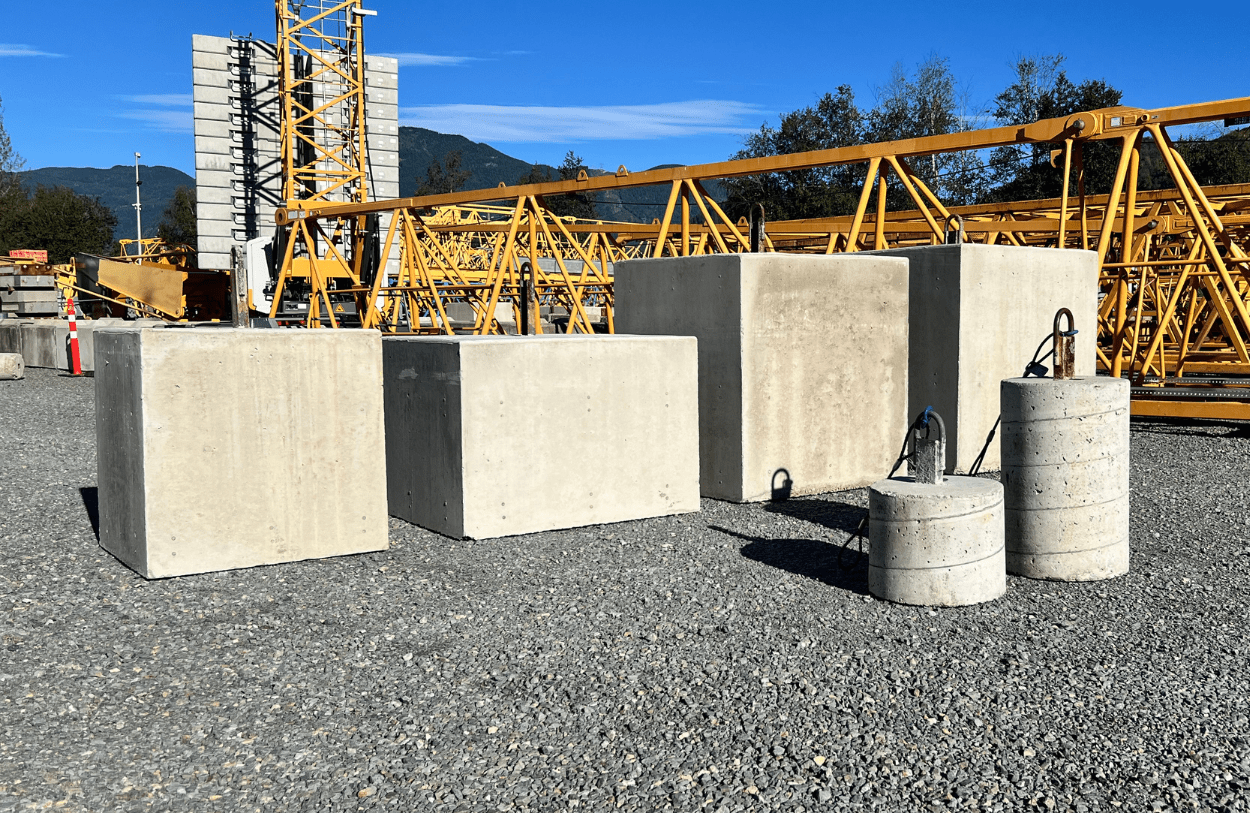A certain amount of risk is unavoidable. Whatever your business venture, some risk will remain. Construction projects are no exception to this reality.
However, it is important to focus on managing construction risk through proper preparation and a thorough review of contract documents at the beginning of a project. Allocating the responsibility for risk to the parties that are best able to manage them can minimize incidents and the cost of each risk. Keep these simple tips in mind when preparing for your next project.
Allocating Your Risk
A part of managing construction risks includes working together with all parties during contract preparation to anticipate potential risks and assign responsibility for them to the party best capable of handling them, if they should arise.
The owner would typically be best at managing flaws in design, placement and environment, while the contractor would be better at handling issues with personnel and performance. Management of indemnity and general insurance are key to managing construction risk in these scenarios.
Protection with Indemnity Policies and Provisions
Liability that arises from professional negligence is best managed through professional indemnity insurance. Most indemnity policies contain a contractual liability that is equivalent to professional negligence. Many professional consultants are required to carry such insurance. A proactive way of managing construction risk before beginning a project is to ensure that your coverage is up-to-date and will meet the needs of your particular project before beginning.
- Product Liability Insurance – This coverage protects against liability for injury to people or damage to property that arises from products supplied by a business. Suppliers of equipment to a construction or engineering project, such as lifts or escalators, may be required to maintain such insurance. You may want to hire a consultant to ensure that the insurance carried by the supplier matches the needs of your project. Indemnity clauses regarding product liability should place responsibility squarely on the contractor.
- Public Liability Insurance – Liability arising from death or personal injury to third parties and for damage to property belonging to third parties falls under this type of coverage. Normally you would provide adequate security to ensure that public liability remains at a low-risk during your construction project. However, by assigning responsibility through definitive clauses, you are ensuring that should the risk arise, it will be handled with the care that is required for such incidents.
- Latent Defects Insurance – This insurance generally protects the owner against the cost of remedying the structure of a building due to unknown and unforeseeable defects. While an owner would typically cover this, individual provisions may be made for material placement and quality-of-work issues that revolve around the contractor’s intrinsic responsibility regarding these facets of the project.
Managing Construction Risk in Funding and Feasibility
Two other forms of risk that commonly have a negative impact on construction projects are funding risks and feasibility risks. These are often described as “invisible risks” because they are rarely evident until they arise. However, careful preparation and research can go a long way towards preventing them. Both require different strategies to manage, but both come from the same source – the reliability, solvency, and professionalism of the available contractors.
Feasibility risks arise from hidden weaknesses in the original business plan proposal. They can include (but are not limited to) environmental concerns, including:
- Unforeseen factors in location
- Issues with coding and zoning laws
- Weather-based delays
A proper analysis of location, as well as a review by an expert in local zoning and coding is necessary to ensure that both the contractor and the owner are prepared for the hidden costs of feasibility defects before signing the contracts for your project.
Funding risks are inevitable but are rarely prepared for. They can include a multitude of situations such as:
- Subcontractors refusing to abide by original quotes
- Cost of potential fines
- Expenses associated with extended service contracts
While it is impossible to entirely avoid funding risks, setting clear budgetary limits for contractors and the proper examination and mitigation of feasibility risks will go a long way towards preventing unexpected costs from derailing a project.
Risk Management Is “Management”
Realizing that managing construction risks is just that…managing, not preventing, is necessary for coping with the inevitable. Remember these three steps: “Research, prepare, assign.” This is considered an important mantra for any successful owner or contractor. Ensure that you have identified all the factors that may be potentially problematic before beginning a project by:
- Consulting with experts and professionals
- Preparing your proposal and budgetary restrictions
- Ensuring that responsibility and its accompanying insurance and indemnity is appropriately assigned before finalizing your initial contracts





